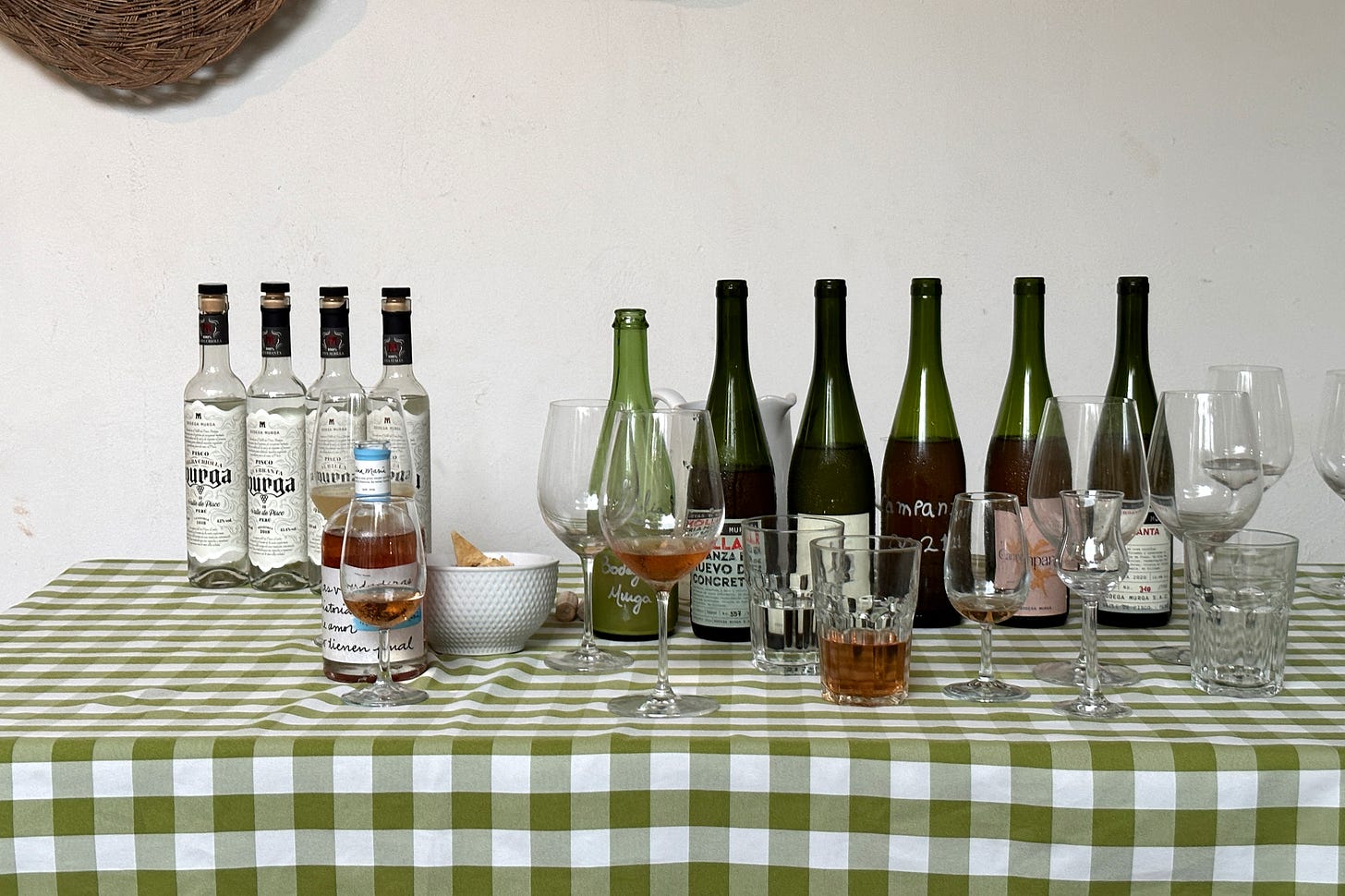The Awakening of Peruvian Wine
Surprising grapes, skin contact, and expansion into new landscapes. There's more than pisco in Peru.
Today’s post on Peruvian wines is by Nicholas Gill, who writes the excellent New Worlder newsletter and has covered food and drink in Latin America for more than two decades. Gill has also authored three of our new travel guides available for paid subscribers


